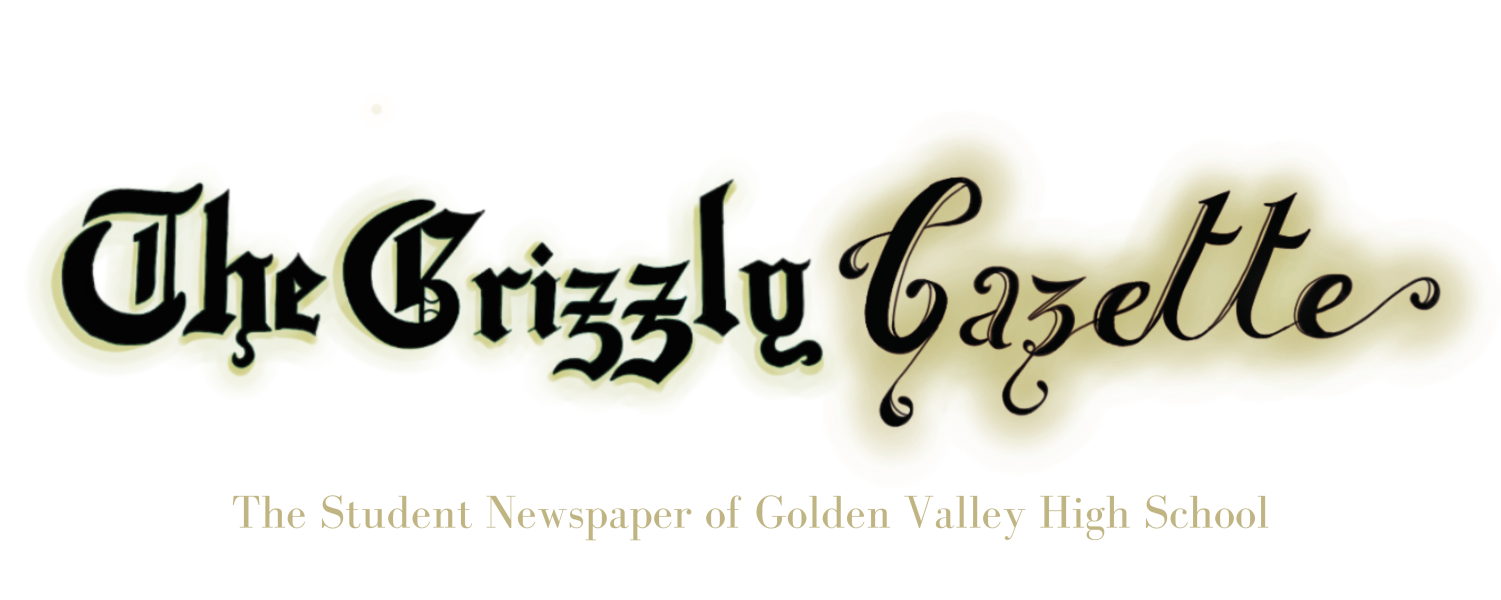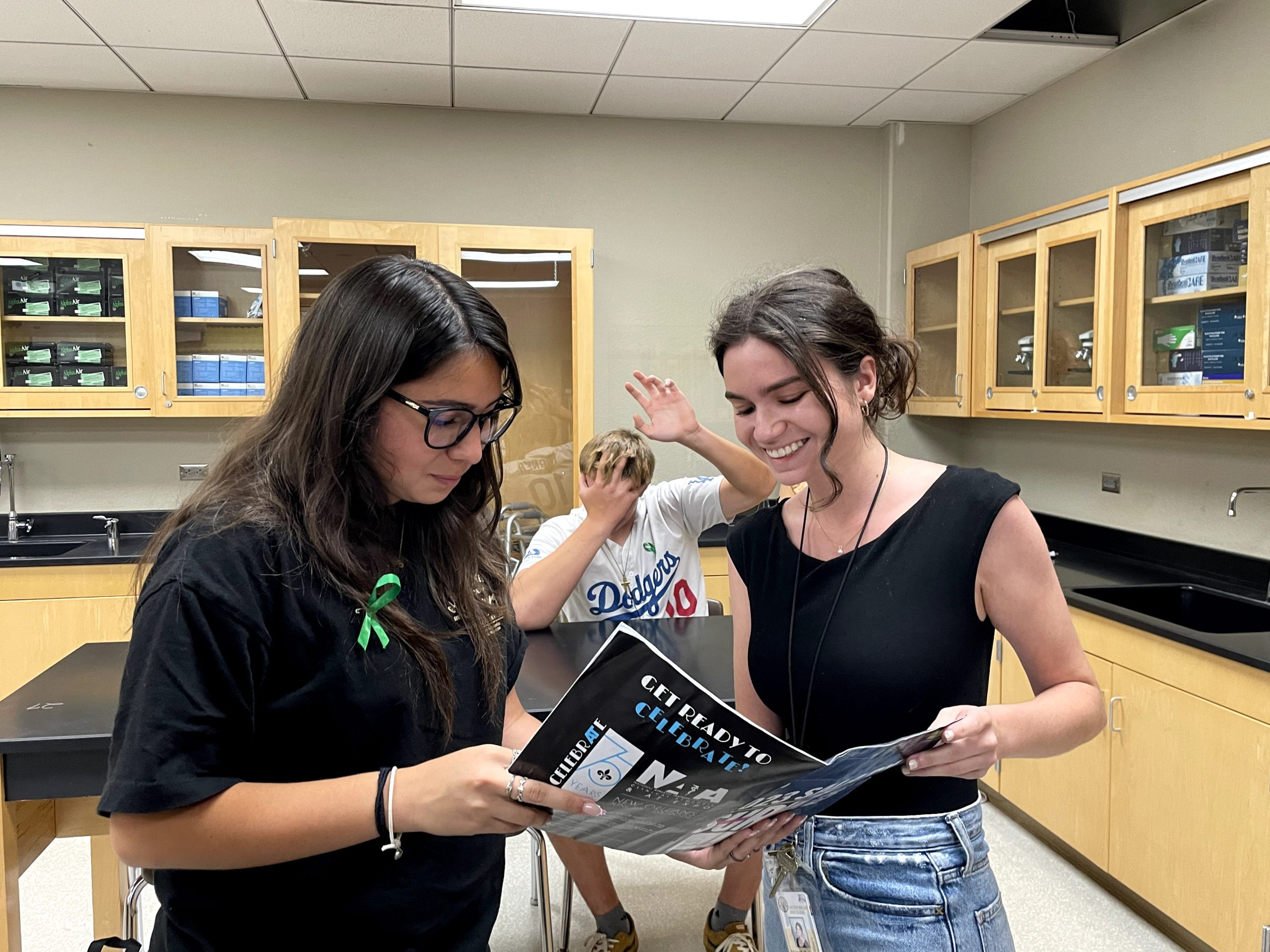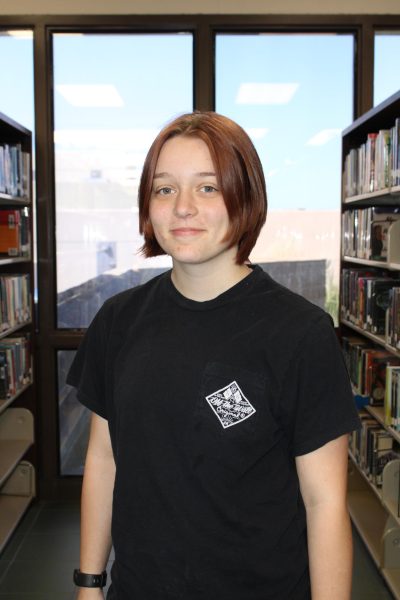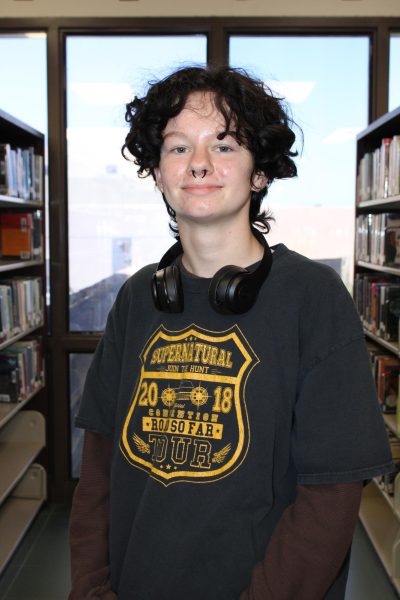For decades, many teachers have been known for showing positive and negative bias towards students. Whether it’s based on academics, personality, or other factors, these biases have a large impact on students both in and out of the classroom.
One instance in particular, Golden Valley senior, Sophia Walker, has experienced both favoritism and neglect from teacher bias throughout her entire academic career. Elementary school had the most neutral experiences. With very little positive and negative bias in the classroom, she was able to have the best learning opportunities. “Elementary classrooms felt the safest, like I was able to focus on my learning instead of worrying about how the teachers would treat me.”

However, there was still negative bias in the classrooms of developing young children. In one experience, Walker was continually picked on by a long term substitute: “In 5th grade, I was asking for help on an assignment and she [the substitute] asked ‘are you stupid? Are you slow?’ I was a kid and didn’t really understand what she meant.”
After not getting any help or assistance on the assignment, Walker decided to try one more time, but was completely degraded. “I asked for help again and she belittled me, asking me why I was allowed in this class, saying I should have been in Kindergarten,” Walker shares.
Within higher education, like high school, there’s still a skew in classroom environments. More often than not, even being the teacher’s favorite is not all what people imagine.
Teachers’ favoritism often starts with a student’s first impression. Looks, perception, shared interests, and basic manners are all common reasons why a student has been favored from the start. And while this allows students leniency, it also hinders them as a whole.
In some cases, other students can point out or treat the favored students differently. In Walker’s experience she states, “Even if they’re favoring me, I don’t like it. I feel uncomfortable and gross, and I especially didn’t like the attention or responses from my classmates.”
How does this affect students in a classroom setting?
Teachers are people we automatically look up to, so their validation is vital to our success. Students who are neglected by teachers typically develop a low self esteem, and feel as if they are not worthy enough. Students here at Golden Valley were polled, and some stated, “It had hurt my grade/GPA and made me unmotivated in the class” and “It definitely made me feel worse about myself, I’ve been struggling with a lot of self doubt. It affects me when it comes to testing because I feel like I’m not going to pass.”
Certain students need extra academic support and attention from their teachers. This does not necessarily mean they are favored compared to others, it just means they need assistance. Even though teachers need to assist some students with unique necessities, it can be seen as favoritism to others. Golden Valley students shared how it helped them by saying, “The class made me less anxious and I felt better asking questions” and “You have more opportunities, from what I see teachers are nicer and give better options.”
Teacher favoritism can either really help a student to succeed, or ruin their academic confidence. It is impossible to avoid, and it will definitely be experienced outside of school as well.
Favoritism at GV?
While it’s apparent that there’s favoritism in almost all classroom settings, here at Golden Valley there is an exponential amount. A group of students across all four grades were polled, and the results are shocking. 95.6% of the students stated they have experienced or perceived favoritism from one or more teachers here on campus. And 82.6% of those same students state they have also received unfair treatment and neglect due to Golden Valley teachers not fond the students.
When diving in deeper, 69.6% of the students claimed the teachers who neglected students targeted a specific demographic. Girls,the LGBTQ+ community, and specific races/ethnicities were the top demographics that students felt were most often impacted by teacher favoritism in the classroom setting.
With these negative experiences, students felt they received poor treatment going as far as harassment, bullying, harsher grading, and purposefully putting in incorrect attendance. Aside from creating a less welcoming learning environment, students were put under self doubt, negative confidence issues, and anxiety towards the class. This automatically puts them at an academic disadvantage.
On the flip side, the 95.6% of students who experienced or saw favoritism happen in the classroom stated they got extra attention, more flexible grades, lenient deadlines, better opportunities, and more privileges than the other students. Within the poll, the top demographics getting these special treatments were given to sports teams, boys, and the “popular” kids.
Regardless of the education level or place, there’s going to be backlash from teachers, students, and those a part of the learning environments. It’s simple, “Teachers are our role models, they’re supposed to be teaching us good things, and they are teaching us to be nicer to the pretty girls,” Walker stated. Whether it is positive or negative, there still needs to be a balance.





